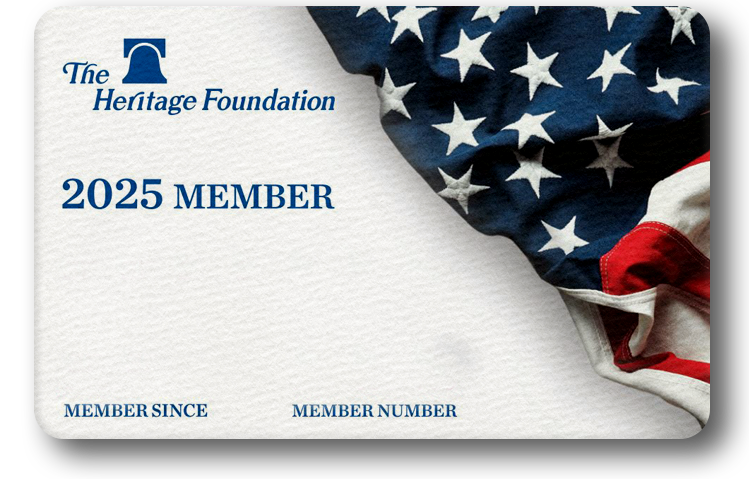Medicare and Mick Jagger have one thing in common: Both can't
get no satisfaction.
However, a government survey suggests the Federal Employee Health
Benefits Program (FEHBP) does get satisfaction, which is why it
should be the model for reforming Medicare.
FEHBP covers 9 million federal employees, retirees and their
spouses. Since 1960, it has offered up to two-dozen health plans,
all of which have prescription drug coverage.
And people seem to like it. About 79 percent of people under FEHBP
with fee-for-service (FFS) or preferred-provider organization (PPO)
plans give them an "8" on a scale of 1 to 10, according to a survey
from the federal Office of Personnel Management.
The survey doesn't surprise economist Walton Francis. In an
Aug. 7 paper for The Heritage Foundation, Francis writes that
FEHBP routinely upgrades its benefits, which is why "the overall
level of enrollee satisfaction with the FEHBP is clearly very
high."
Francis says this is just one reason why FEHBP should be the model
for reform as Congress works on changing the 38-year-old Medicare
system to include features such as prescription drugs. Other
reasons include guaranteed benefits and more rural access.
The House is already hip to Francis' suggestion. In its Medicare
bill, it included the adoption of an FEHBP system in 2010. But the
Senate's Medicare bill has nothing close to FEHBP. That's why
people will continue to get no satisfaction with Medicare
"reform."
Read more of Francis'
paper and other Heritage Medicare research at heritage.org.
Medicare Malady #21: Medicare Can't Get No Satisfaction
Authors

Heritage Offers

Activate Your 2025 Membership
By activating your membership you'll become part of a committed group of fellow patriots who stand for America's Founding principles.

The Heritage Guide to the Constitution
Receive a clause-by-clause analysis of the Constitution with input from more than 100 scholars and legal experts.

The Heritage Founders' Almanac
Read biographical essays about our Founding Fathers like George Washington, Benjamin Franklin, and John Adams along with insightful analysis of primary sources.
COMMENTARY 8 min read
BACKGROUNDER 39 min read
COMMENTARY 6 min read
